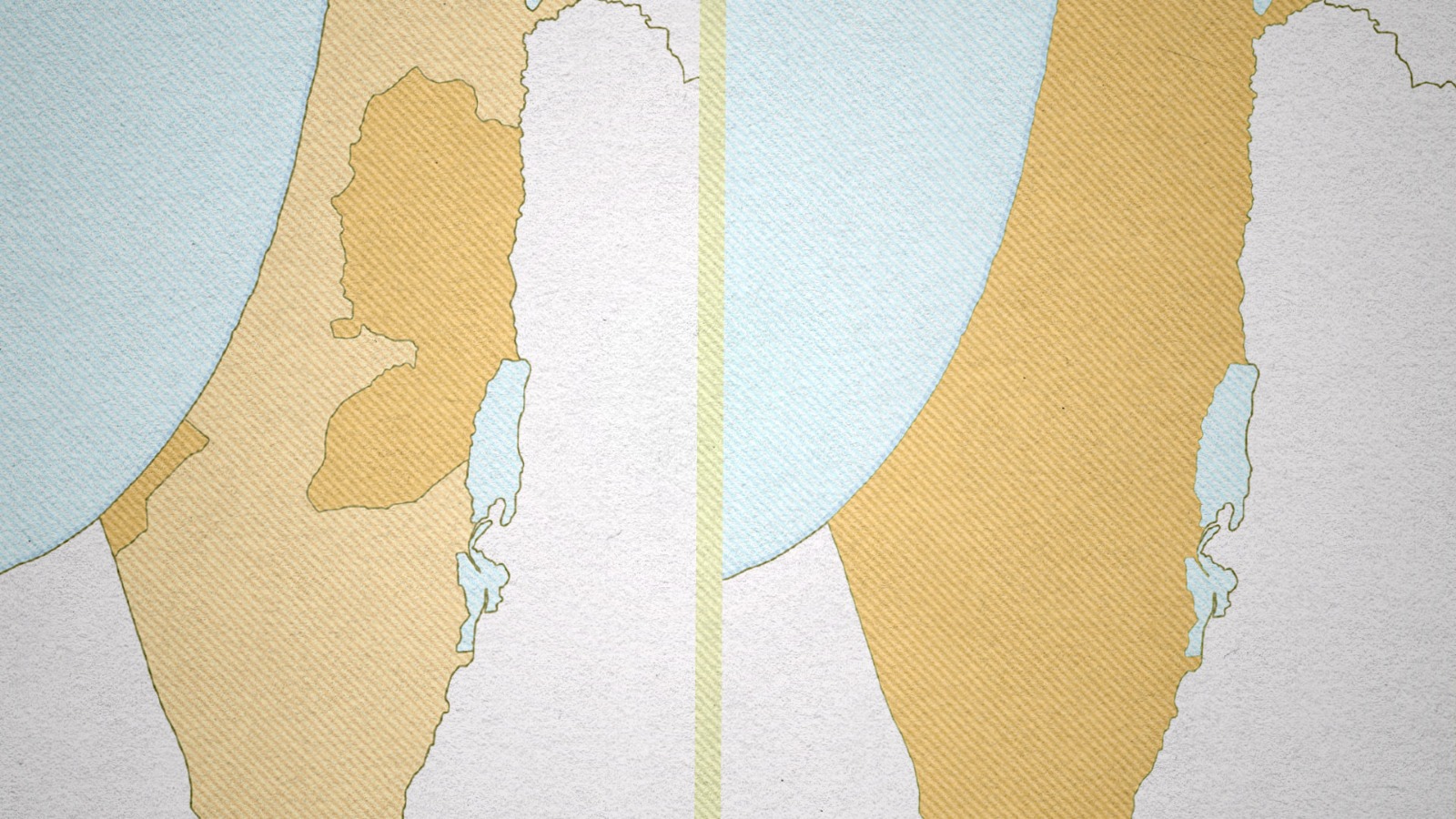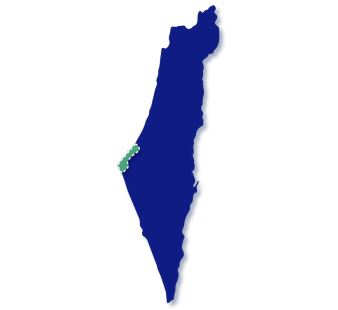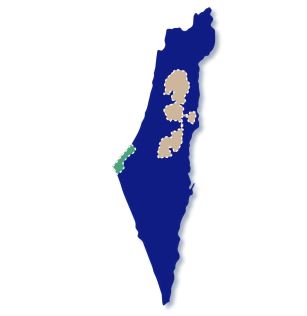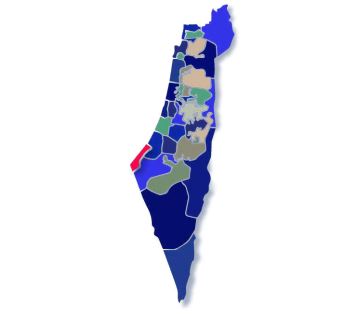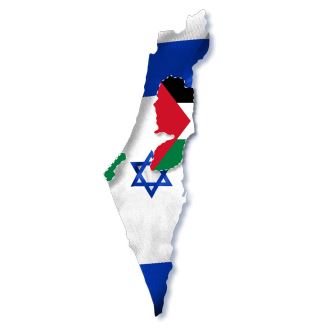Publications
Memorandum No. 217, December 2021
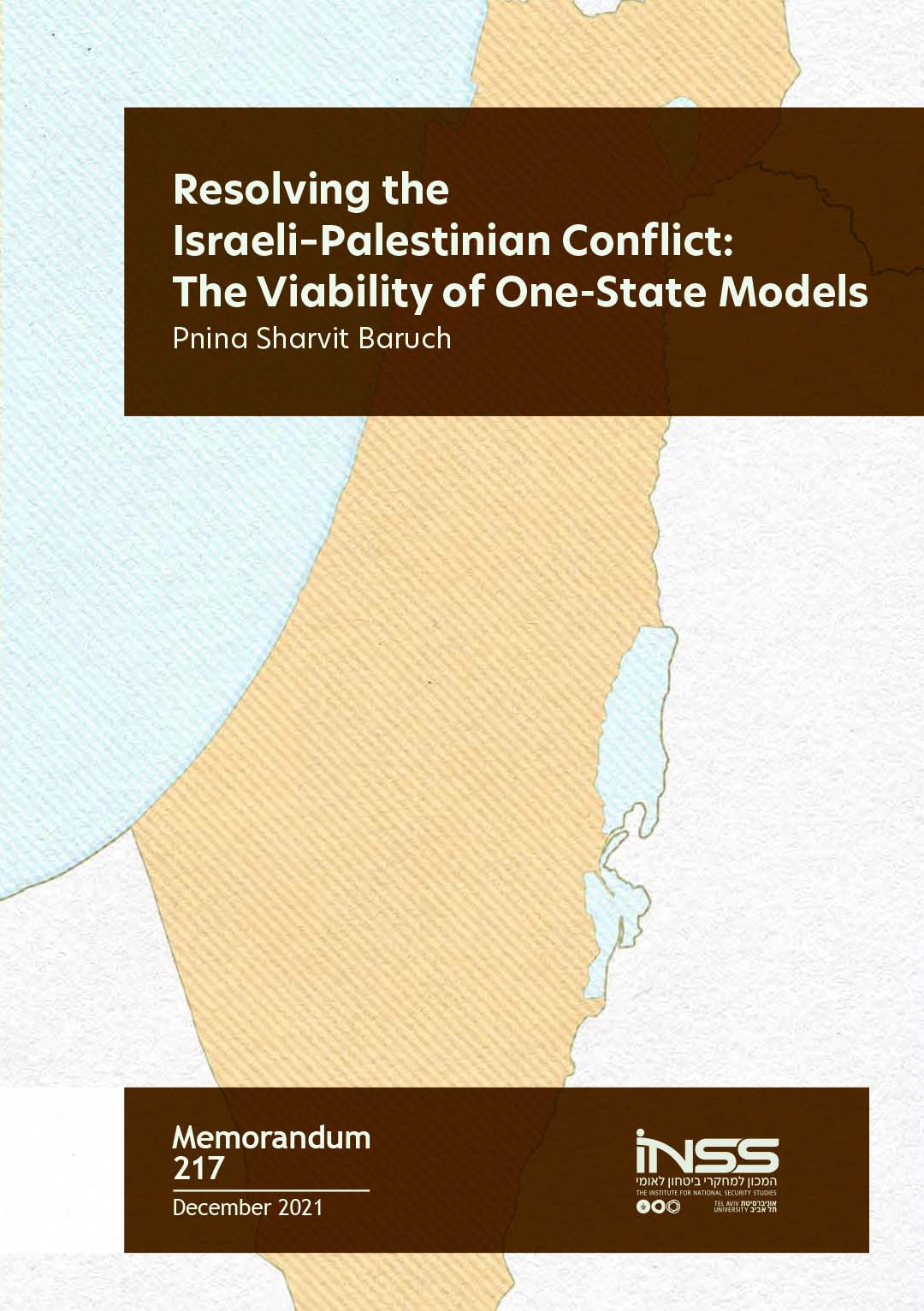
In recent years, there has been an increasing tendency to speak of the “demise of the two-state solution” and to replace it with one state from the Mediterranean Sea to the Jordan River as a solution to the Israeli−Palestinian conflict. The proponents of the one-state model claim that the two states solution is no longer feasible, given that the Green Line has been blurred and Judea and Samaria (the West Bank) is connected to the State of Israel by extensive Israeli settlements and activity−both military and civilian.
Is the one-state solution to the Israeli−Palestinian conflict an implementable solution? This memorandum examines four models: a unitary state that includes the entire territory between the Mediterranean Sea and the Jordan River; a Palestinian autonomous area within the West Bank as part of the State of Israel; a federation divided into Jewish and Palestinian districts; and an Israeli−Palestinian confederation. Public discourse focuses on the question of whether a single state that is both Jewish and democratic is possible. The memorandum also assesses how such a state will operate on the practical level and whether it can serve as a feasible solution to the conflict.
To this end, this memorandum discusses a variety of parameters for each model: the territorial division; the status of the settlements; the status of Jerusalem; aspects of citizenship and residency; governmental authority; the involvement of the Palestinians in government; freedom of movement within the state; the refugee issue; security aspects; social aspects, economic and civil aspects; preservation of the state’s Jewish character; preserving the democratic and liberal character of the state; the implications for Israel’s Arab citizens; the implications for the Palestinian Authority; the status of the Gaza Strip; the execution of the model; and the feasibility of the model. Based on the analysis of these parameters, the likelihood of the model’s success as a permanent solution to the Israeli−Palestinian conflict is examined.



